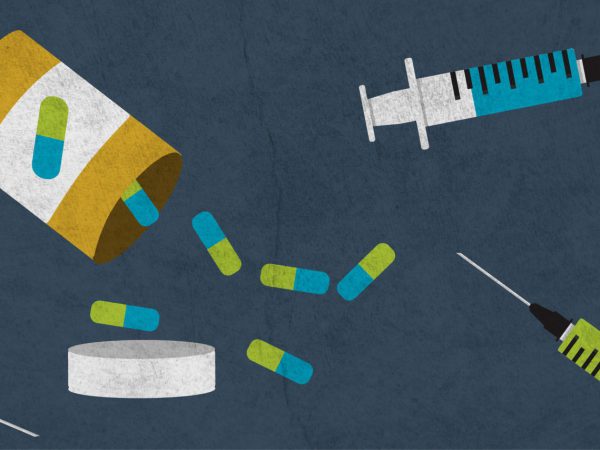Alex Cohen is the Director of Learning and Evaluation for the Richard M. Fairbanks Foundation.
From July 2016 to September 2017, Indiana’s emergency departments saw a 35 percent increase in opioid overdoses, according to data released this month from the CDC. The most dramatic increases occurred in metropolitan areas like Indianapolis.
These numbers indicate that the opioid epidemic shows no signs of slowing down. And they point to a continued need for efforts to address opioid use disorder in Marion County and across the state.
Toward that end, Indiana Executive Director for Drug Prevention, Treatment and Enforcement Jim McClelland and Social Services Administration Secretary Jennifer Walthall announced this month a new tool to match individuals looking for inpatient and residential substance use disorder treatment to available beds.
The tool—a public-private partnership between the state, Indiana 2-1-1 and a software platform called OpenBeds®—is designed to complement recent efforts to expand the number of inpatient and residential treatment beds in Indiana, which have increased 26 percent over the past 18 months.
Efforts like these reinforce the importance of aligning different initiatives to address the opioid epidemic.
In Indiana, just 8 percent of people with substance use disorder receive treatment, according to the most recent available data from SAMHSA. This seems to be driven almost exclusively by individuals feeling like they did not need treatment, rather than trying to get treatment but facing barriers.
Just like expanding treatment capacity can be made more effective through a system for matching available beds to those needing them, both of these initiatives can be strengthened by ensuring individuals with opioid use disorder take steps to seek out treatment. One example is Project POINT, which connects individuals who come into the emergency room with an opioid overdose to a recovery coach who encourages treatment and guides them through the process.
Beyond treatment, addressing the opioid epidemic will also require efforts to prevent opioid use disorder in the first place, by right-sizing prescribing for opioids and providing evidence-based substance use prevention programming in schools, and through programs that reduce the associated harms of opioid use, such as syringe exchanges to lower rates of HIV and Hepatitis C.
The latest available data show the opioid epidemic is only worsening. Turning the tide will require a concerted effort across public and private sectors and using every tool at our disposal.



